Nanotech at War
How nanomaterials are being deployed to fight tomorrow’s battles.
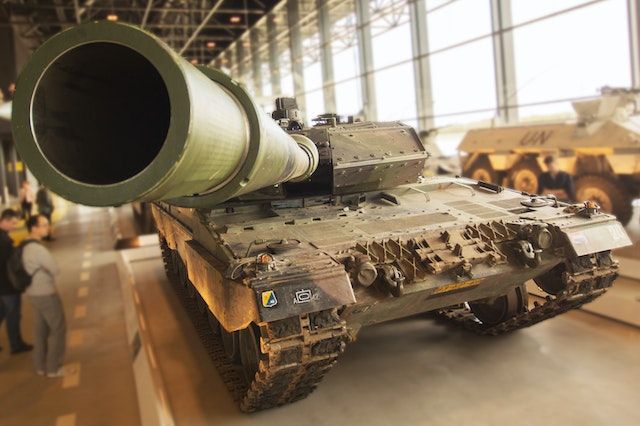
Previously the domain of academics and science fiction, nanotechnology is now commonly found in products such as wide-ranging as paints, plastics, and printer rollers.
As well as improving existing technologies, nanomaterials have also opened up opportunities in completely new fields, such as quantum computing or drug deployment systems. But the sector making some of the greatest technological advances with nanomaterials is the defence industry.
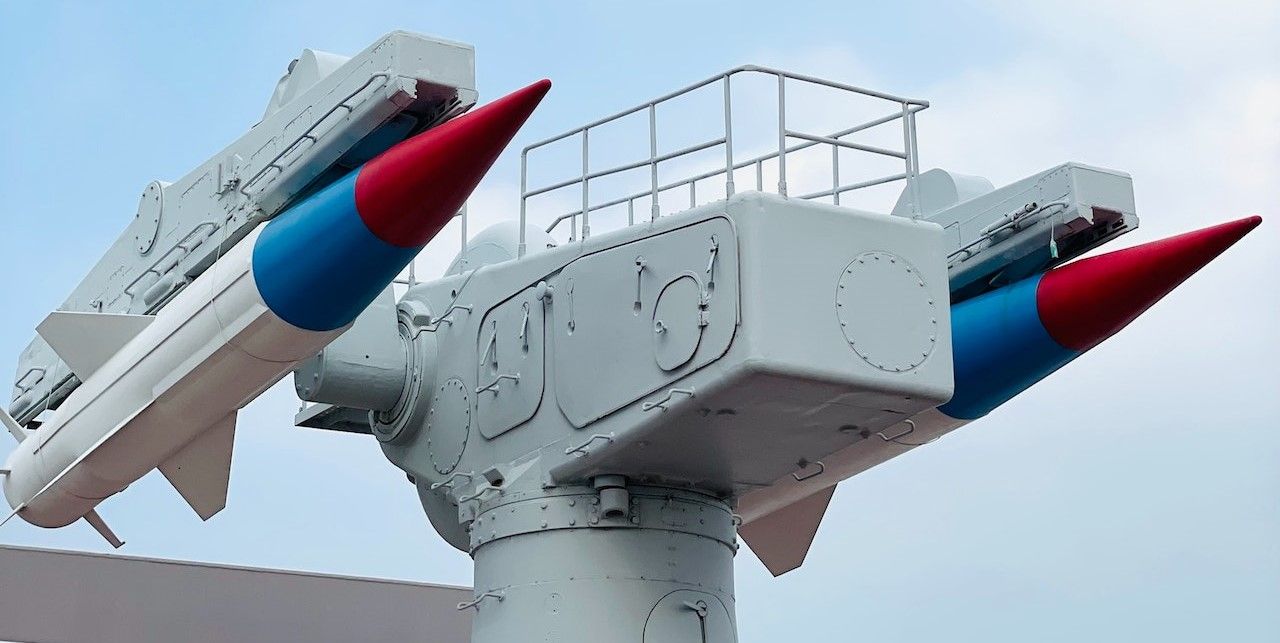
Nanotech is now so influential, it has revolutionised conventional weapons research and production, including satellite, rocket, drone, and guided missile technologies, as well as non-lethal systems like communications and battlefield medical equipment.
Furthermore, it is a vital component in the creation of non-conventional weaponry, making previously unimaginable armaments and defence systems possible.
Here is an overview of the progress that has been made and some of the concepts that have yet to be fully investigated.
Nano-Weapons
As the nanotechnology journal AzoNano states “One of the main applications of nanotechnology concerning the defense industry is the creation of a new class of weaponry: Nano-weaponry.”
Many militarily capable nations, such as the UK, France, Russia, and China have advanced defence research systems involving nanotechnology. However, the clear industry leader is the US’s Defense Advanced Research Products Agency (DARPA), which has been developing numerous projects aimed at achieving technological superiority on the battlefield.
Nanomaterial Coatings for the Military
One of the most straight-forward ways that the military is using nanotechnology is by increasing the reliability, longevity, and corrosion resistance of military hardware.
Coatings enhanced with nanomaterials have the ability to reduce deterioration, improve chemical resistance, detect damage via in-built atomic-scale sensors, and even self-repair.
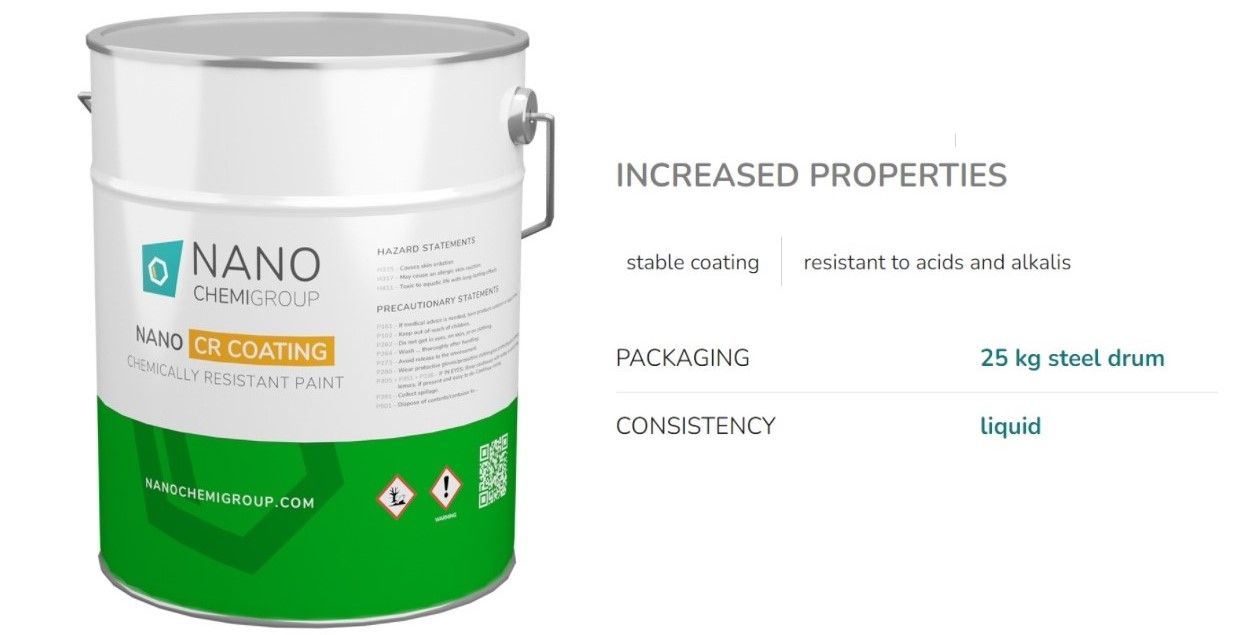
Furthermore, nanomaterial-based coatings could help protect against electromagnetic attack or help drones defend against jamming devices. They could also assist in avoiding detection by radar or even allow for futuristic concealment techniques, such as so-called cloaking devices. In this way military hardware or even infantry combat gear could change colour on-demand, using adaptive camouflage to blend in soldiers or tanks as they move from forest to fields to cities, much as an octopus is able to change its colour instantly.
To learn more about how nanomaterials can improve coatings, polymers, and epoxy resins visit: NANOCHEMI GROUP
Nanotechnology in Aerospace Development
Nanomaterials incorporated into an aircraft or missile’s structure and components can help reduce size and weight, which in turn reduces power consumption, extends operating ranges, increases flying time, and allows for a larger weapons payload.
For example, DARPA is already working on the Liberty Lifter X-Plane, described as, “a large flying boat similar in size and capacity to the C-17 Globemaster III transport aircraft.”
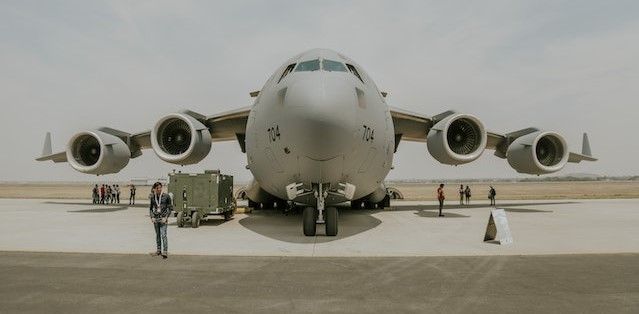
Like a jumbo jet on steroids, this seaplane can carry hundreds of soldiers, dozens of tanks, armoured personnel carriers, or artillery pieces. It is being designed to be able to take off and land in moderately difficult seas (2.5m wave/Sea State 4) or remain afloat for “sustained on-water operation in up to 4m wave/Sea State 5”, as well as maintaining extended flight at altitudes of up to 10,000 feet (3,000m) above sea level.
Nanomaterials can also help increase top-speeds, evident in the recent successful test flight of the U.S. Air Force Hypersonic Airbreathing Weapon Concept (HAWC). A missile which has just reached, “speeds greater than Mach 5, higher than 60,000 feet, and farther than 300 nautical miles [555 km].”
Nanotechnology-based sensors could also be applied in conventional weapons such as missiles, to increase targeting capabilities.
Other Applications for Nanotechnological in the Military
Body Armour: With a combination of low weight and high impact strength, carbon nanotubes and graphene are ideal for mixing with polymers to create a light, flexible, and strong bullet or blast-proof personal protection.
To learn more about this topic read: Is Spandex-Thin Body Armour Possible or Nanomaterial Design Improves Helmet Impact Resistance.
Combat Gear: Battlesuits are being created with nanotechnology to allow ease of communication on the battlefield, including real time command-and-control of individual soldiers in the field.
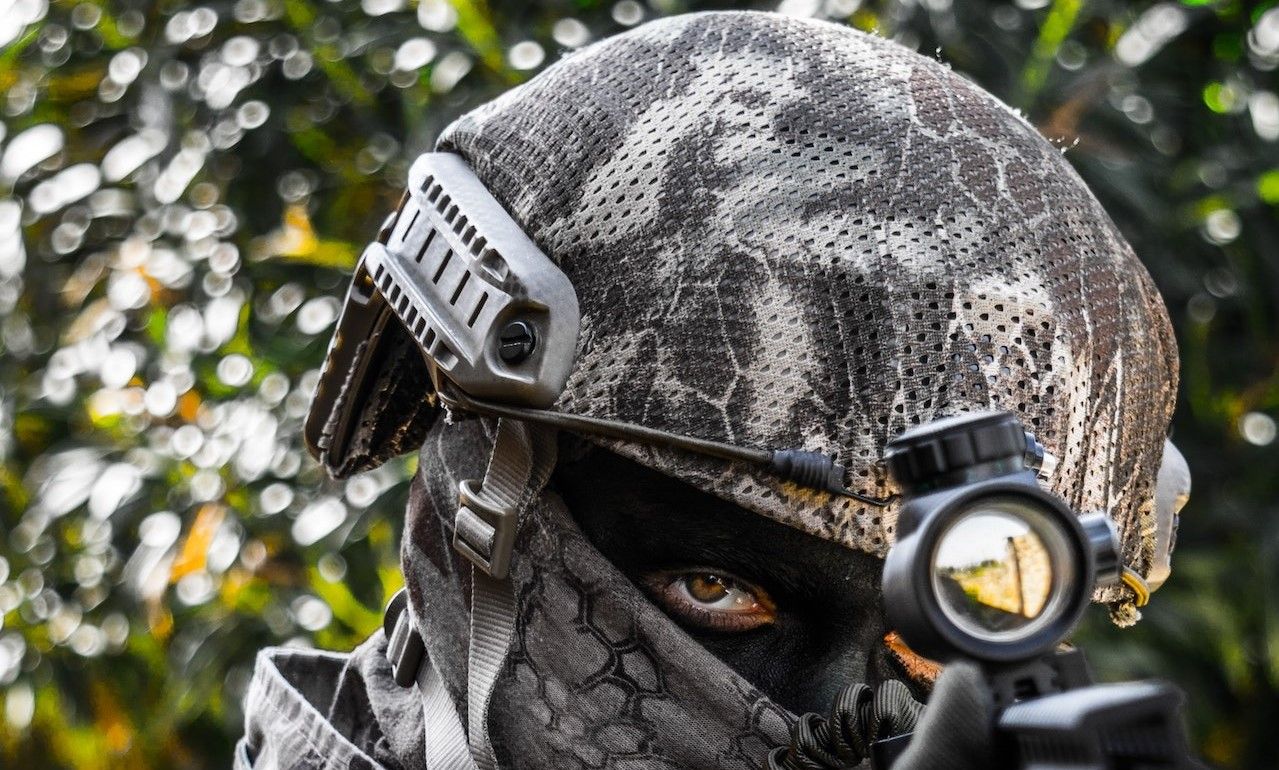
More futuristic developments include uniforms with medical assistance. This concept relays information about wounded personnel (location, heart rate, blood pressure etc.) to medical teams. They could also apply medication (adrenaline, morphine etc.) through nanoscale injections with the drugs embedded into the clothing textile or a via a built-in patch. Alternatively, reactive nanomaterials could tighten on command (either remotely controlled or in-situ) through an electric current to provide an instant tourniquet.
Battlesuits with nanotechnology can also be made with better insulation or cooling, as well as being given the ability to absorb or protect against toxins and chemical agents.
To learn more about this topic read: The Soldier of Tomorrow will Rely on Nanotechnology with his Life.
Sensors: Nanotechnology already has a role in civilian markets for chemical and biological sensors. These are also being used to create military purpose sensors to detect radioactivity following a nuclear attack, or as warning sensors in the event of chemical or biological weapons being used. With nanotechnology applied directly into combat gear (embedded into the textile), as nanomaterials applied into coatings on ships and armoured vehicles, or in handheld devices.
Combat Training: Nanostructured electronics are being used in the latest virtual reality headsets. These are being developed for combat training for pilots as well as infantry soldiers.

Nano-Weapon Concepts
Weapons development experts are even predicting futuristic developments, such as weapons which can fire thousands of tiny missiles, nano-machines which can infiltrate enemy military hardware, or armaments that are linked via a mobile command-and-control interface. This would allow for the remote control of weapons such as mortars, artillery pieces, ships, or tanks.

Many aspects of the latest technology, such as AI or ChatGPT, can seem terrifying, as can nano-weaponry. Yet, these developments are merely an advance on a theme which already has killing and destruction as its goal.
Considering nanomaterial applications in remotely-operated military hardware, such as drones and pilotless aircraft, as well as better body armour, improved battlefield medical aid, and next-generation city defence systems, then nanomaterial advances may actually help reduce casualties.
War should be avoided wherever possible, and nanotechnology may even assist in this aim. As George Washington noted even 200 years ago, “To be prepared for war is one of the most effective means of preserving peace.”
Photo credit: Amar Preciado on Pexels, Bruno Bueno, Skitterphoto, Alex Surd, NANO CHEMI GROUP, Kevin Schmid on Unsplash, & Shuiazhi Tian

